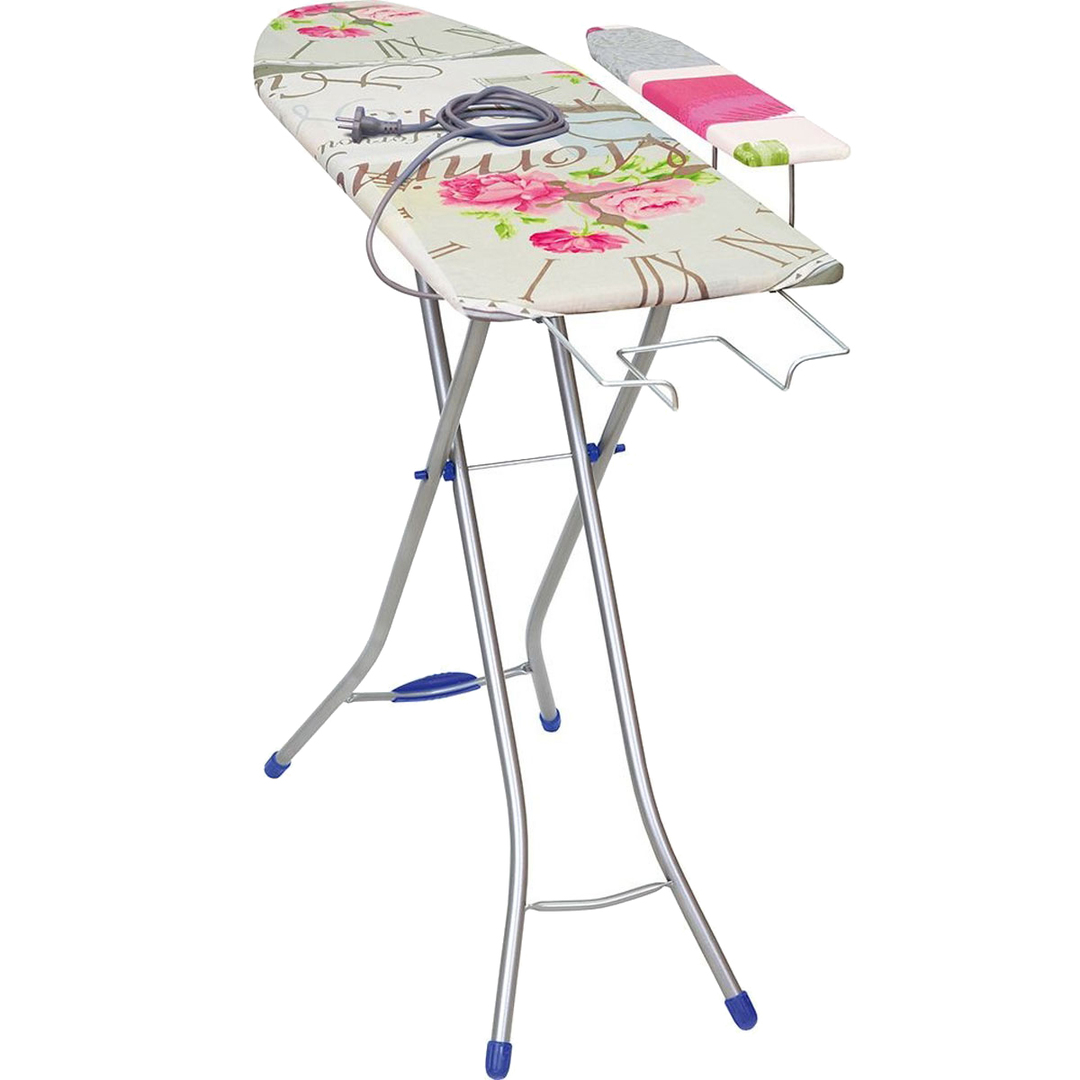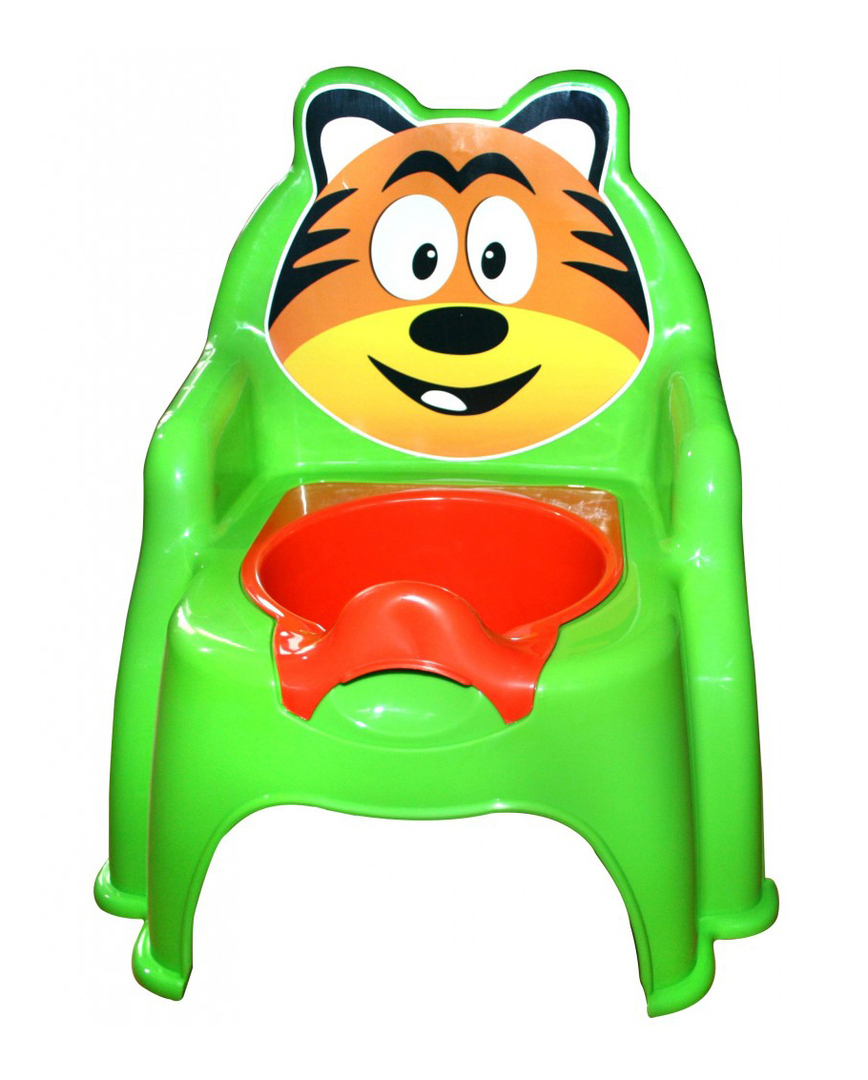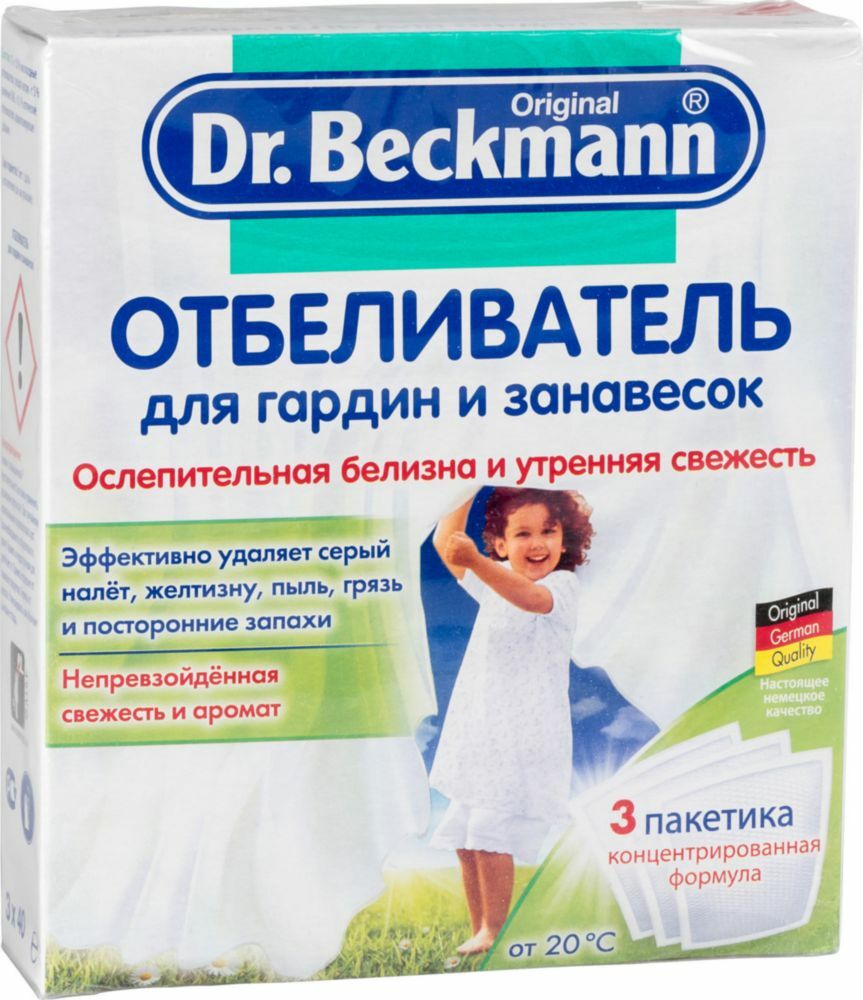Company Polynor, which manufactures polyurethane thermal insulator, which is sold in a user friendly package.

Packaging are small cylinders with a specially designed nozzle in the form of a pistol. It Sprayable insulation, which does not require any additional devices. The procedure of using this tool, you can hold their own with their own hands. This is perhaps the only material of its kind, which is available to all users. Heat insulator Polinor has wide application.

Other varieties of liquid insulation are used very rarely, because it requires care professionals who are used to the procedure, specifically designed equipment.
Polinor - exception description of this tool makes it clear that work with it easily. Polyurethane substance is sold in small-sized cylinders having a capacity of about 900 milliliters. You are required only to put on a gun designed for mounting. The liquid sprayed insulation, it adheres to the deposition surface. Material begins to bubble vigorously, a screen becomes larger. All this is due to a reaction in which the main part adopts air.
After the process on the construction immediately appears foamy "coat", made of vesicles filled by 90% with gas. The resulting structure retains heat. equals the thermal conductivity index 0,023-0,025 W / m × K. 70% - a closed cell layer frozen product. In addition, not only improves the thermal insulation but also the waterproofing properties of the treated structure.
Features and technical data
Insulation Polinor has excellent characteristics. Let's consider them:
- The average layer density which is stiffened, is 20 kg / m3. Maximum Density - 28 kg / m3.
- Moisture absorption is 2%.
- The temperature range is from -25 ° C to + 125 ° C.
- The initial solidification occurs after 45 minutes, final - 1.5 days later.
- Service life is 50 years.
Heat insulator from the manufacturer Polinor is a vapor. For adequate chemical insulation characteristic and high biological stability. This is another advantage of this material.
Another plus - is the effective rate. One liter is sufficient to create a layer that has a thickness of four centimeters per square meter of surface. Moreover, you spend far less funds to purchase this product in comparison with the mineral wool together with additional means. Additional agents include lathing, fasteners, membrane and so on.
Despite so many advantages, this material is not without flaws. Insulation Polinor - a tool that has a normal flammability and belongs to the class of the PP. At a temperature of 450 degrees fused layer. For products lacking short-term contact with the fire, and then it starts to burn for five minutes. A second drawback is the use of insulation irrationality in cylinders on the surfaces of which have a large area. But usually, this material has no such purpose.
Pay attention to the table, which contains the technical characteristics:
| parameter name | significance |
| a density | 18-28 kg / m3 |
| Water absorption | 2% |
| Thermal conductivity | 0,023-0,025 W / m × K |
| Temperature Range | -25 ° C to + 125 ° C |
| Thicker material layer | 50-60 mm |
| Operational life | 45-50 years |
| The crystallization rate at a temperature of 20 ° C | ¾ hours |
| While the final hardening | 36 hours |
| Deformation in compression | there is up to 50% |
| water vapor permeability | absent |
| fire class | GB |
Judging by the specifications, the product is one of the best among the liquid insulation (foam).
use Features
Thermoinsulator Polynor producer has good adhesion with absolutely any surface coating material after some time remains flowable. It means fed from the gun under pressure of 6 atm. If, during the mount you missed some deepening, it is still filled with its expandable polymer. This process is applied when working on metal, wood, concrete, bricks and so on.
However, when applying this resin must adhere to certain requirements. To conduct this item can assembling at substrate temperatures and the external environment, which range from + 15 ° C to 25 ° C (processing temperature). In this case, it means afraid of UV rays.
Consider the steps that should be taken to apply the polymer Polinor on the cleaned surface. mounting features:
- First, you need to shake the bottle vigorously for three minutes. This is to ensure that the mixture is not too liquid. Inside are large and unstable bubbles. It is interesting that a lot of the bad reviews are due to the fact that users do not take into account this factor.
- Further it is necessary for installation of the adapter to the container. Remove the cover and put the gun, which is intended to be mounted. Included with the tool mounting device not available for sale.
- Thereafter invert cylinder Polynor insulation liquid is sprayed uniformly. The layer thickness must be 60 millimeters.
- When you change the container with the mixture, do the washing assembly handgun. Rinsing is carried out using a specially designed Cleaner solvent, which is also owned Polynor manufacturer. The price of the means of the solvent is 180 rubles.

Before beginning a new reservoir assembly process remember that pressure for starting it is high and the amount of liquid material can be very large. Therefore, initially you need to hold only two seconds. Each cartridge has to "acclimate" at 18 degrees or above. Due to the "acclimatization" uniform foam layer is achieved.
Let us briefly consider the application of the scheme Polinor:
- Clean the surface and moisten it.
- Required properly agitate the liquid container.
- Wear specially designed nozzle and screw the mounting device, it has a gun.
- The substance is sprayed force pressing the trigger assembly handgun.
- After completion of the application procedure is necessary to conduct purged residues. This can be done using a special cleaner to frozen funds.

The polymer has the following applications:
- Facades to be coated, home base (foundation), balconies, attics.

- The interior walls, partitions, floors in residential, non-residential and industrial constructions.

- Communications systems.
- Vehicles which have isothermal functions.
Considering all of the above, this heat-insulating means is the best of its kind.



